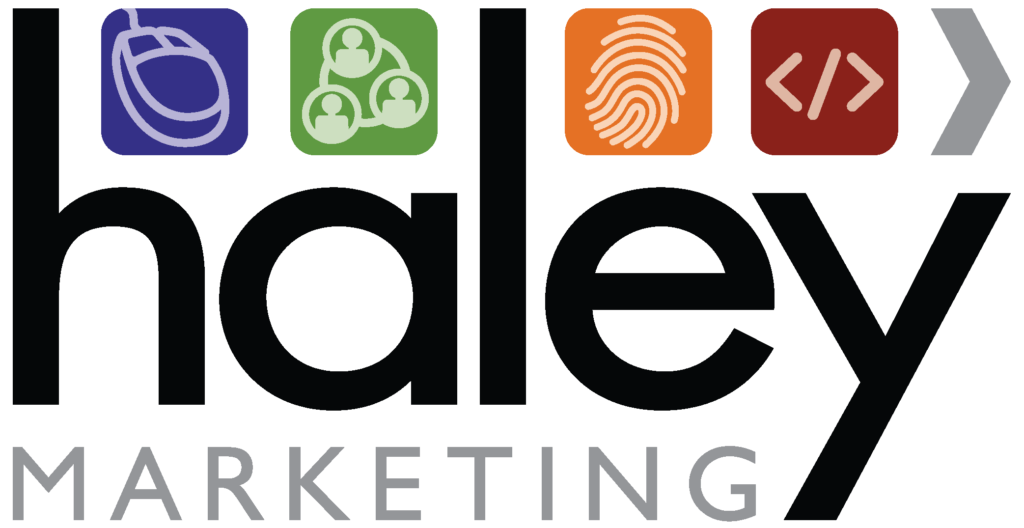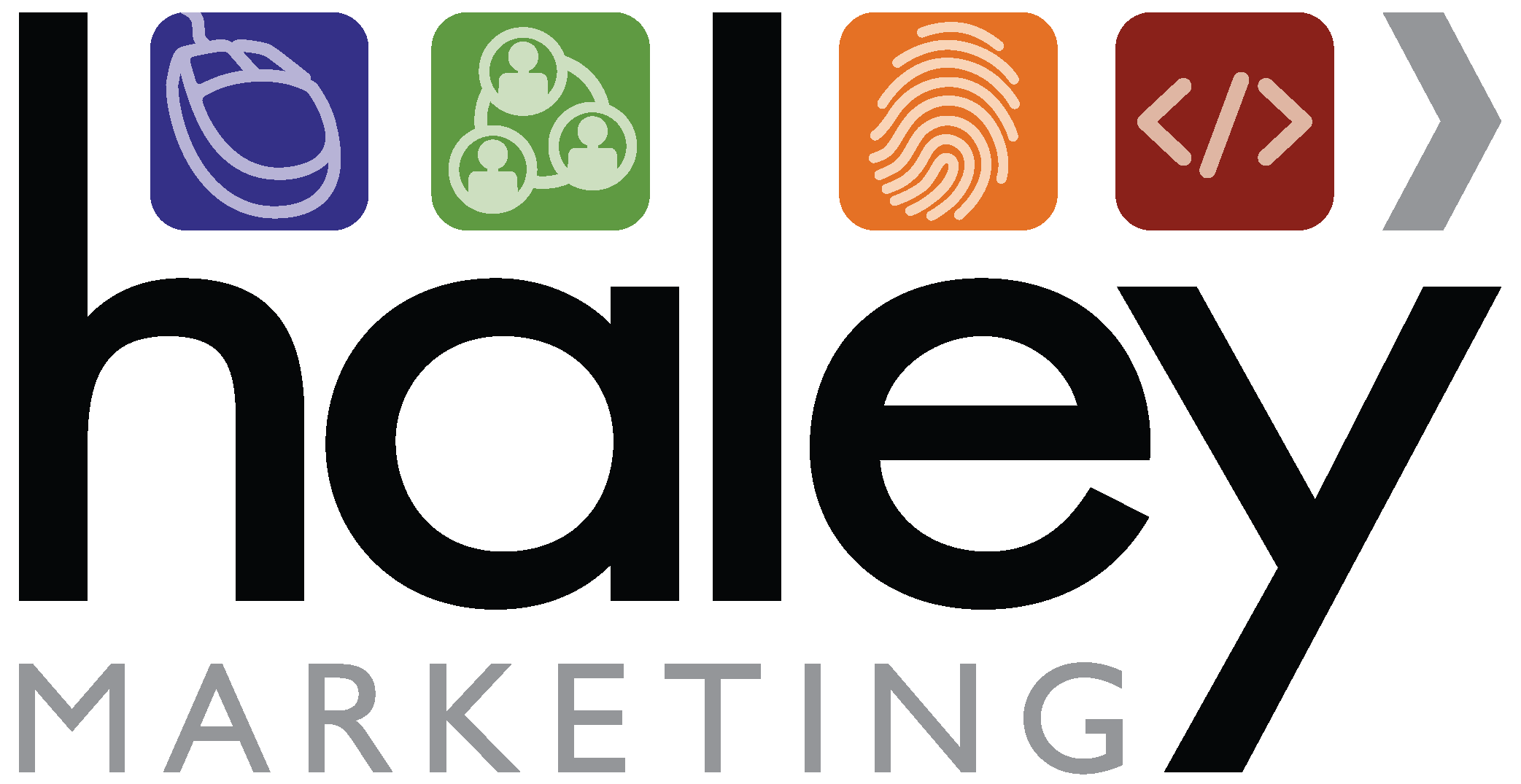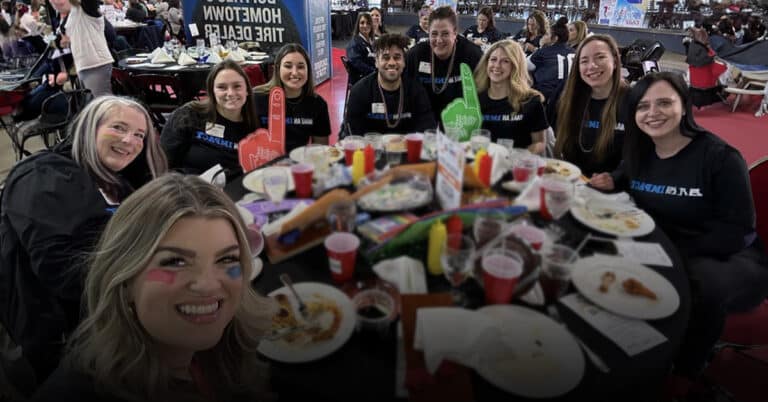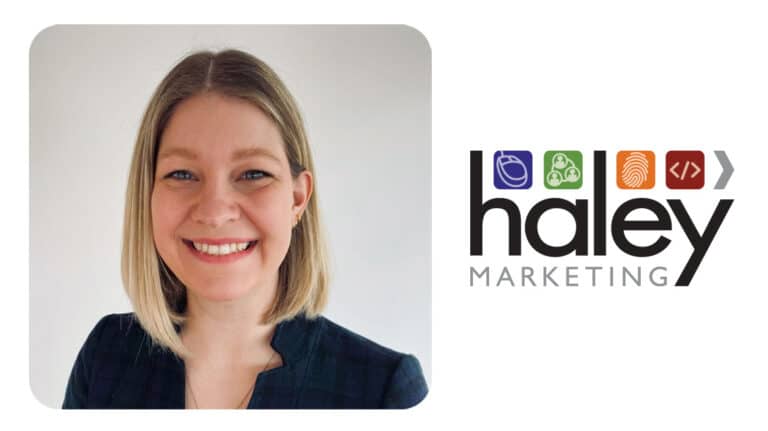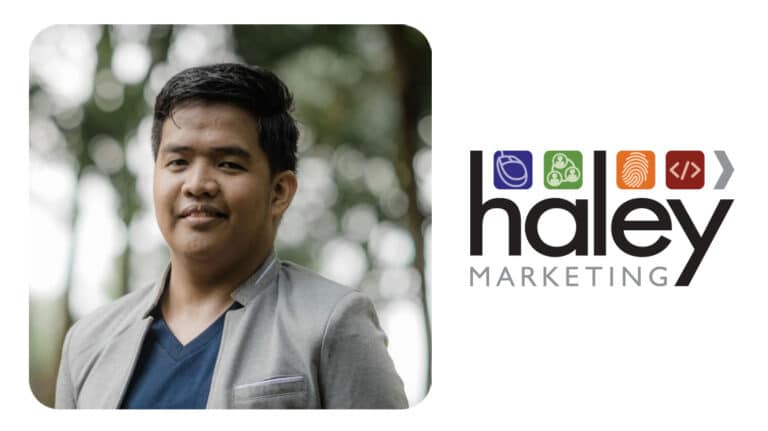The following transcript was taken from InSights, a staffing and recruiting podcast from Haley Marketing Group dedicated to providing quick-hitting takeaways on Social Recruiting, Content Marketing and Employer Branding. To listen to the episode, click play on the player above or visit the episode page
[InSights] Getting Started with SEO
Brad Bialy: At this time we’d like to welcome on Dan Hoang, Haley Marketing’s search engine optimization strategist. Dan, welcome to the show.
Dan Hoang: Thanks for having me.
Brad Bialy: Dan, you spent a lot of time looking at SEO strategies across the staffing and recruiting industry. Let’s start with the basics. What is search engine optimization?
Dan Hoang: Sure. Search engine optimization is essentially the process of driving targeted traffic back to your website from search engines, whether it be Google, Bing, or even YouTube. We can do this by implementing a series of different tactics that help make your site easily visible to the search engines so that they understand what you’re about and what you provide.
Brad Bialy: I think it’s important there that we’re driving targeted traffic back to the website, driving targeted traffic back to the homeland. It’s not just about ranking one in Google for any keyword. It’s about targeted traffic and making sure that the right people are getting back to your website.
Dan Hoang: Right, and the thing about search engine optimization is that it’s very powerful in the sense that unlike usual social media platforms search engines are intent based. That means we can capture the attention of the audience at the moment they are searching for exactly what the services that you’re providing.
Matt Lozar: I think the really big key, and we’ll get into a little bit about keyword research and whatnot, is everybody in the staffing agency in the country wants to rank for number one jobs in their area, but what Dan was saying and Brad too is the intent. That’s what incredibly important about the SEO is think about when we’re going to Google, and it doesn’t need to be just for jobs, think about when you’re listening to this episode or in the next couple of days when you go to Google you’re going with the intent. It could be to find a job, it could be to look for a restaurant for a Friday night reservation, it could be for anything. You’re going to there to find an answer. That’s what Google really wants to do is provide the best information to you at that right time. Pivoting this back to Dan is what really helps staffing agencies answer that question of a job seeker or a candidate, or even on the client side, to provide the right information when someone has that intent on Google, or Yahoo, or Bing.
Brad Bialy: Dan, I’m going to ask you this. When it comes to search engine optimization, where should staffing firms get started?
Dan Hoang: Great question. The first thing that you want to do is to really make sure that Google knows who you are as an entity, as a business. The easiest way to do that would be to first claim your Google My Business listing. This way Google knows exactly what you are. They know that you’re a local business, and they know where you’re located. That way they know where to serve your result when somebody does a search. Example, if you’re a staffing agency in Buffalo, New York and you only serve in Buffalo, New York, then you want to make sure that Google knows that so that when somebody is doing a local search, whether it be on their phone or they’re searching for something like staffing agencies near me, Google knows that they can serve your result to that user, whether on their mobile phone or on their desktop.
Matt Lozar: Google My Business is also how you can get on that Google Map right. If somebody’s looking for staffing firms in Buffalo, that gets you on the map.
Dan Hoang: Exactly. If you’ve ever done a search for anything, whether it be a restaurant or anything, you see, whenever you do a search you see, they call that the local snack pack where you see a bunch of business listings with star review ratings. The reason why that’s important is because that actually appears above the organic listings. Whenever somebody’s doing a search on a mobile phone, they see that right at the top. Right from there they can either go to your website, or they can call you directly right from that search bar.
Brad Bialy: After Google My Business, we’ve established that listing for our staffing firm, where should we go from there?
Dan Hoang: From there what we want to do is we want to identify our target audience and then create a content strategy based off of that. I always say that search engine optimization is 90% content and 10% everything else. When we go to identify our target audience, what I mean by that is we want to figure out who we are trying to attract to our website, we want to figure out what their pain points, we want to figure out what questions they’re asking in the search engines, and what type of problems they’re having. Then from there we can create a content strategy off of that.
Brad Bialy: So it’s really about looking at target audience, who we’re trying to identify, wrapping all of that around some keyword research possibly, and then really thinking about how we can get traffic back to our website through the use of content, through the use of keyword development and implementation on our website. But again, having a target audience, making sure that everything is defined, and make sure we’re driving the right traffic back to our website.
Dan Hoang: Exactly. When we’re doing our keyword research, it’s not just a matter of oh what services am I providing, I want to be there when somebody types in staffing agencies or staffing services in this area, while we do want to focus on that, there are a bunch of other problems that your users have when they aren’t specifically searching for your services, just random questions that they may be having about their careers, or how to advance their careers, or job interview tips, or stuff that’s not directly related to that service that you provide, but also helpful information that could help drive them back to your site that could eventually convert.
Brad Bialy: Matt and I have talked about content implementation in the content blueprint section of InSights multiple times where we want to talk about the pain points of our target audience, we want to answer the questions that individuals are asking. That’s right in line with SEO. We’re answering the questions that our target audience has, not only to see us as a thought leader on that topic, but because it drives good organic search traffic.
Matt Lozar: I think I love the talking point from Dan about 90% content, 10% everything else. That I don’t think a lot of people think that way. They think I have to be optimized for terms. When if the content is really good, you’re going to rank high. Yes it needs to be optimized and whatnot, but we have to have content that’s really high and really think about the audience because, I’m sure you see this in a lot of research you do for websites Dan, is we have to rank for what our users are searching for. We don’t want to rank for what we think they’re searching for. It’s really what the audience wants to find.
Dan Hoang: Right. One thing I’ll mention is that a lot of people really get fixated on this technical aspect. They think SEO is very technical. In a lot of ways it is. There are definitely things you can do on a technical scale. However, at the end of the day you’ve got to think about it from Google’s perspective, what is Google trying to do. Their job is to provide that solution whenever somebody is searching for whatever. In theory, all the technical stuff aside, all you’ve got to do is be that solution for them.
Brad Bialy: How many different factors come into SEO roughly?
Dan Hoang: There are over 200 factors that they’re looking for. Maybe for the time being there could be some exploitable technical thing that you can do, but Google is constantly changing their algorithm and eventually, they’ll catch on. The easiest way to optimize your site for SEO is to just genuinely be that best resource.
Brad Bialy: There’s no way, like Google doesn’t release the formula. It’s not like Haley Marketing or other companies have some secret formula. Unless maybe they do, and please call us. But it’s just like Dan said, get back to that good content and then you’re always going to be really be ranking high in that My Business listing with getting some good testimonials and star rankings. That’s where I think just stick to the long term game and that’s where you can find value in SEO.
Matt Lozar: Dan I want to thank you for coming on InSights and sharing your insights with us. If you’d like to learn more about search engine optimization, I would encourage you to visit lunchwithhaley.com. Select webinars on demand, and listen to the webinar titled Staffing Messaging: Striking a Balance Between Human Readers and Algorithms. Dan and Michelle McCormick from our team put on that webinar a few months ago. It’s a great resource on search engine optimization and how that should integrate with your messaging across social media. Again, Dan thanks for coming on this episode of InSights.
